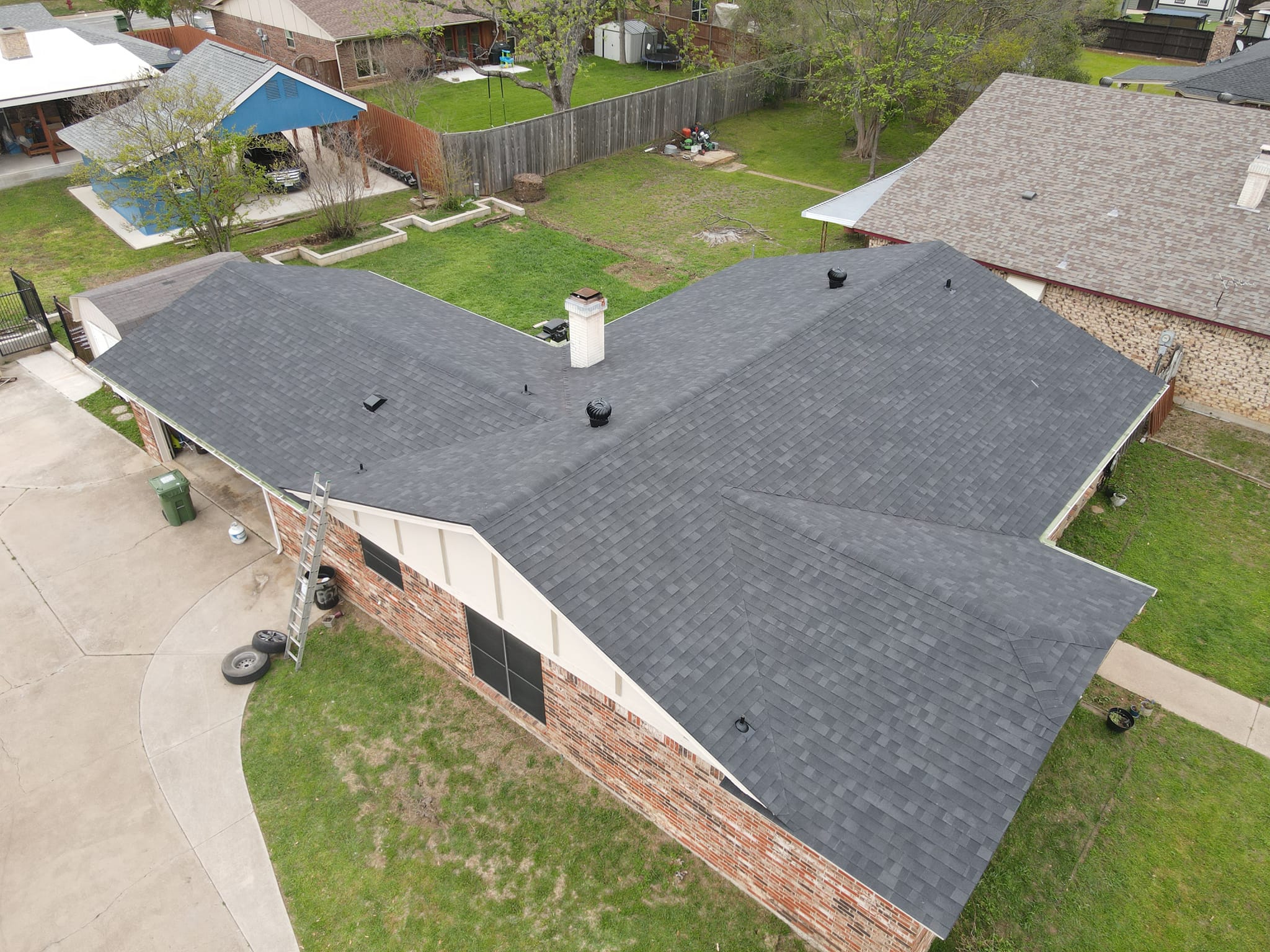
How to Prepare Your Roof for Extreme Weather Conditions Aug 24, 2025
First and foremost, regular inspections are key. Twice-a-year checks, ideally during spring and fall, are recommended. During these inspections, look for common signs of wear and tear, such as damaged or missing shingles, cracks, or leaks. Catching issues early can prevent minor problems from escalating into costly repairs, particularly before the onset of harsh weather.
Next, consider the importance of gutter maintenance. Clean gutters ensure that water flows away from your home, preventing potential roof leaks and water damage. Clear debris, such as leaves, twigs, and dirt, which might block drainage systems. For added protection, you can install gutter guards to minimize future blockages. This small step can significantly enhance your roof's resilience against heavy rainfall and storms.
Additionally, trimming overhanging branches is critical, especially for homes surrounded by trees. During storms or high winds, branches can break and damage your roof. Trimming them back not only safeguards your roof from physical damage but also reduces the accumulation of debris, which can lead to algae and moss growth.
Roof ventilation and insulation should not be overlooked. Proper ventilation allows heat and moisture to escape, preventing ice dams in winter and heat damage in summer. Similarly, adequate insulation helps control the temperature inside the attic, contributing to the overall efficiency of your home. Both factors play a pivotal role in prolonging the life of your roof and preventing damage during temperature extremes.
A proactive approach involves checking and securing flashing around chimneys, skylights, and vents. Flashing can become loose or damaged over time, leading to water leaks. Ensuring it is properly sealed will provide a waterproof barrier between your roof and the elements.
For those in regions prone to hail storms, investing in impact-resistant shingles can be a wise decision. These shingles are designed to withstand significant damage, minimizing the risk of leaks or structural damage during severe weather. While the initial investment may be higher, the potential savings on repairs and the extended lifespan of your roof can justify the cost.
Lastly, if you feel uncertain about evaluating and reinforcing your roof’s resilience on your own, it might be beneficial to consult professionals like MBP Roofing & Exteriors. Roofing experts not only have the knowledge and experience to conduct thorough inspections but also provide valuable recommendations tailored to your roof’s specific needs.
In conclusion, by taking preventative measures and prioritizing regular maintenance, homeowners can significantly bolster their roofs against extreme weather conditions. In doing so, you protect not just your home, but also your peace of mind. Remember, preparation today can spare you from headaches and repairs tomorrow. Make these steps a routine part of your home maintenance schedule, and your roof will be ready to face whatever Mother Nature throws its way.
/filters:no_upscale()/media/e23067be-bef8-49ee-b8dc-fbf859bbc82e.jpg)
/filters:no_upscale()/filters:format(webp)/media/7f4bc70e-a0b7-4b8d-bef3-84b4eaa94416.jpg)